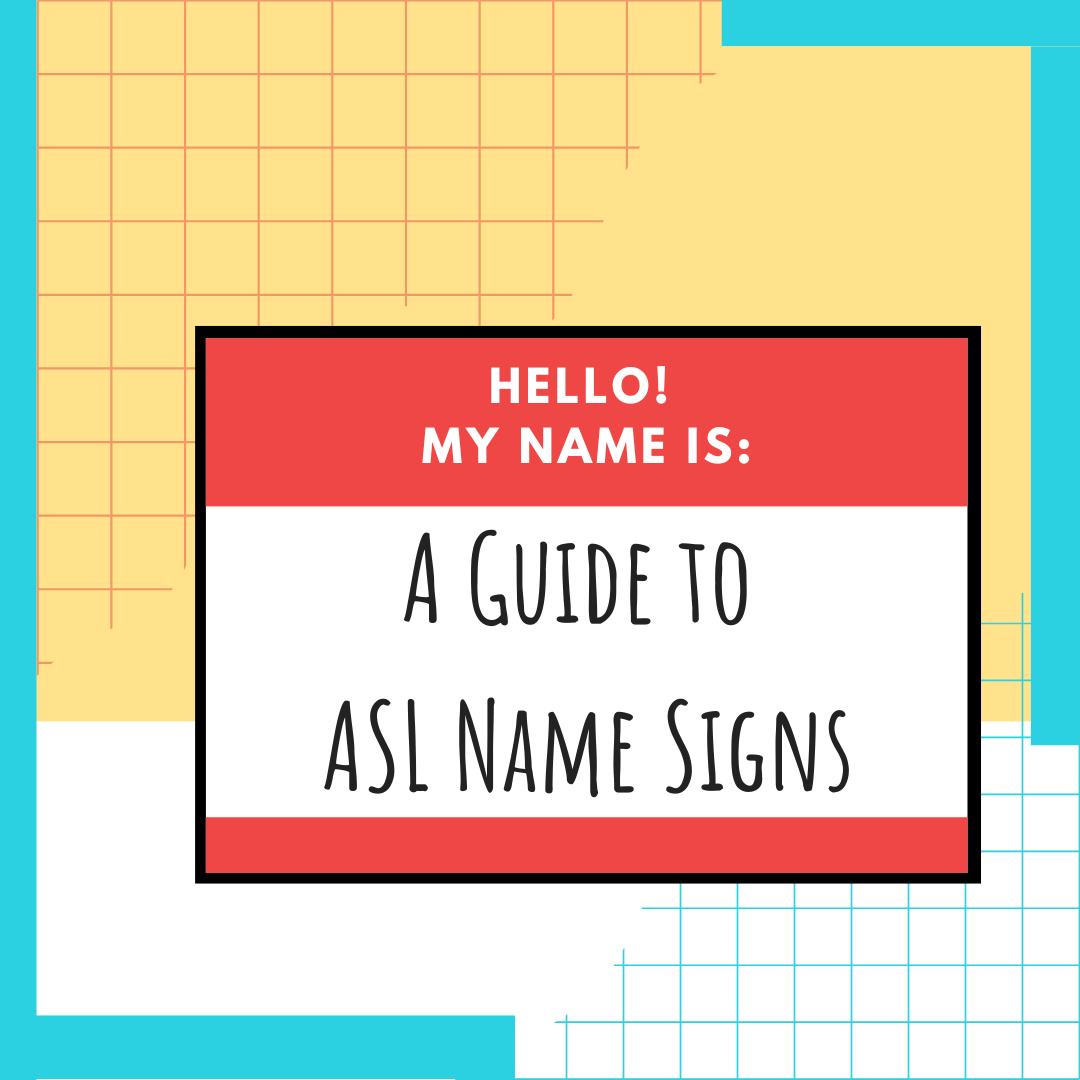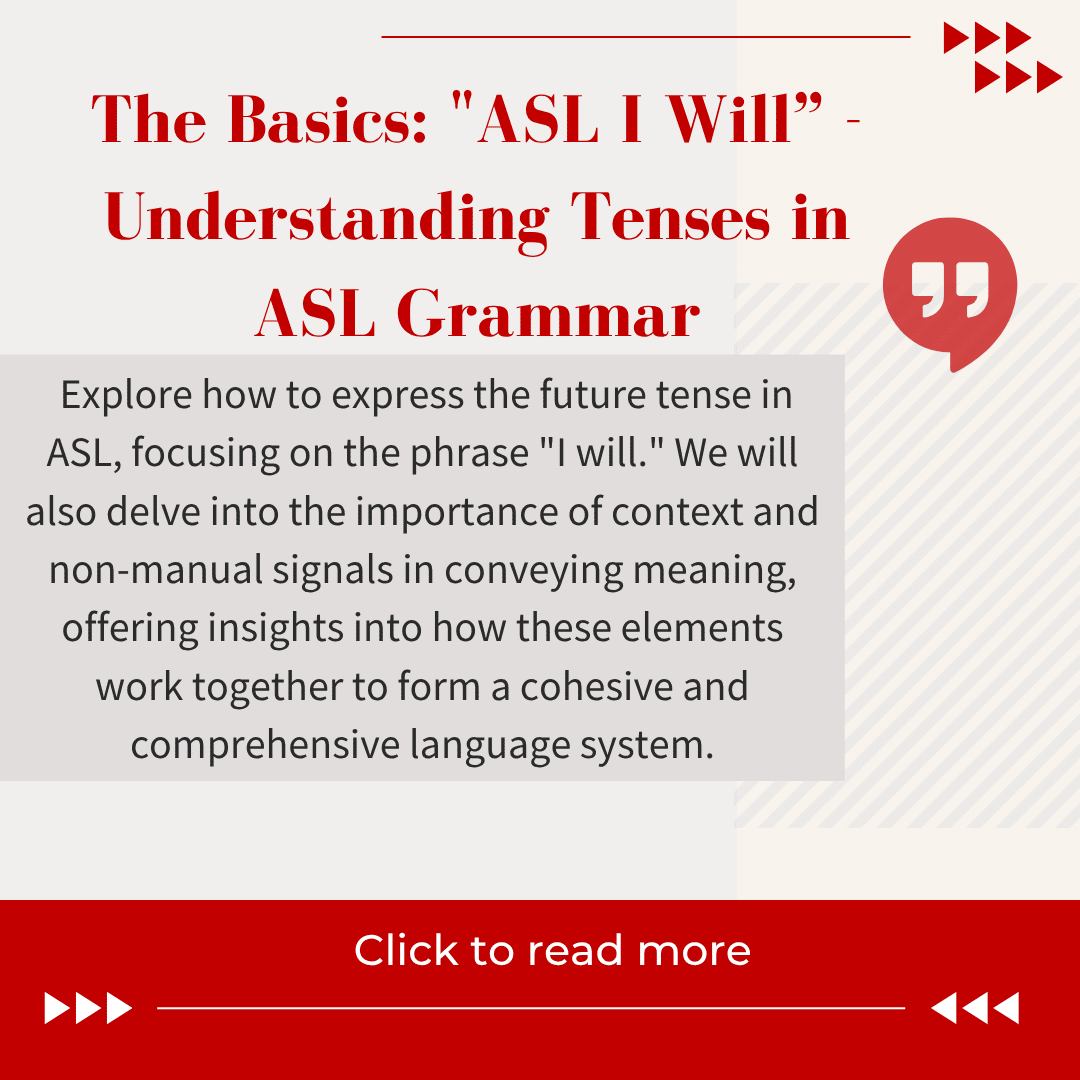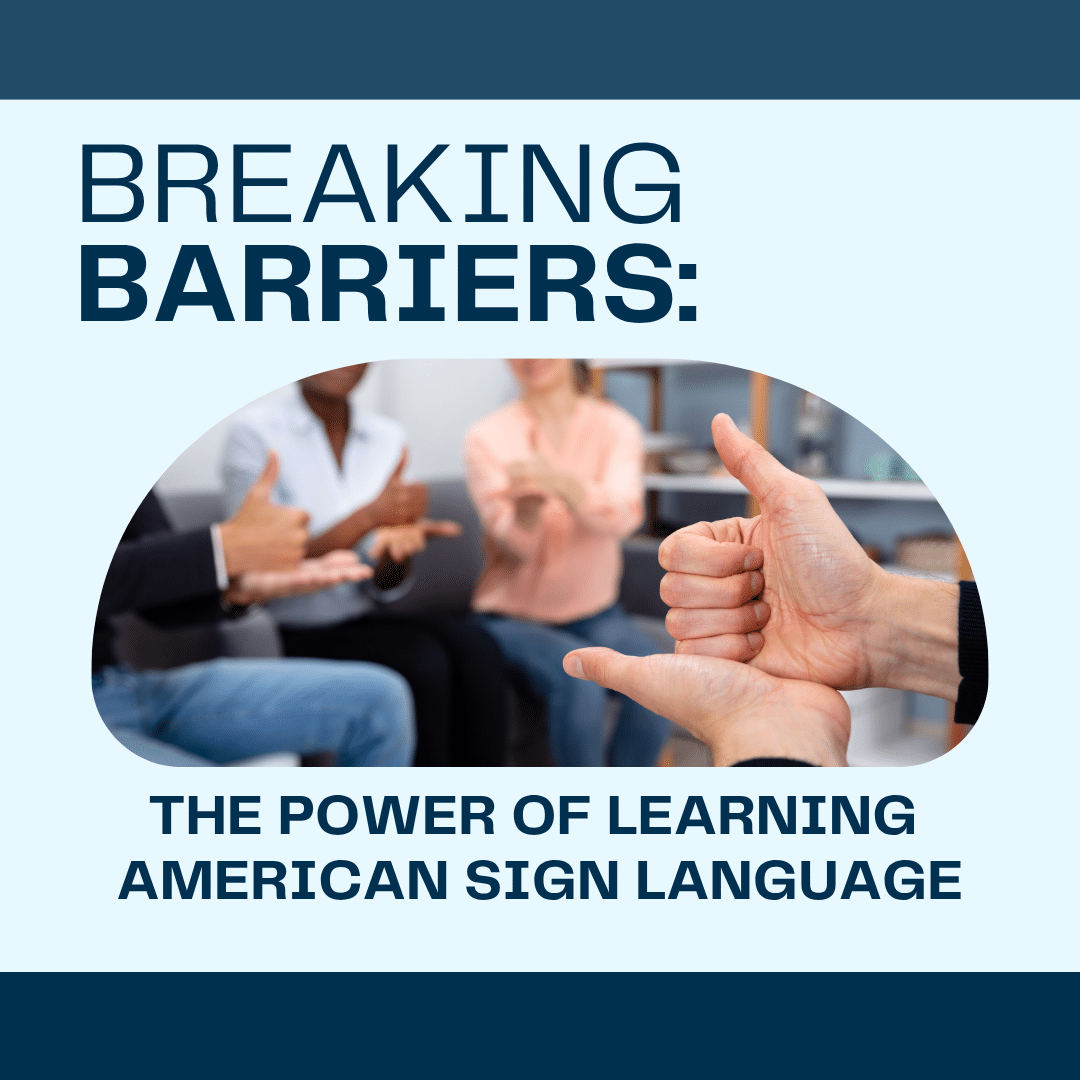
Toddler Sign Language
Step 10 – Your Growing Child
When your child begins to speak, you may want to continue to teach your toddler sign language.
If your child has begun to speak, you may notice that she stops using many signs. At this point, some parents will stop using sign language because they have gotten what they wanted–a pre-verbal form of communication with their child.
However, some parents continue to teach their toddler sign language. Maybe they have a deaf relative or have developed an interest in ASL. Either way, some parents continue.
There are some benefits from continuing to sign with your child even after they reach toddler age. As your child starts to combine signs and even signs with spoken words, this is a great time to teach her even more signs. Your child’s vocabulary will grow, and you can even move into teaching her ASL as a second language. Your child will also learn things faster as she gets older. Young children learn so quickly and are able to pick up second languages very easily at a young age–easier than adults!
By 24 months, most children are able to speak about 50 words and make two-word combinations. Of course, there is some variation from this rule, but if your child is no where near these goals, you should consult her physician about a possible speech delay.
There are many ways to continue the signing education with your child after she has reached toddler age:
- Walk through the park
This is a great way to learn new signs. You can point to an object (a dog, tree, bird, fence, etc.) while you walk, and give the appropriate sign. Your child may also ask you questions during this time. What a great way to build vocabulary! - Read Books
Books are great for your child’s mental development as well as for learning new signs. Point to pictures, objects, and colors, and give the signs for them. You can also start pointing to the letters, and giving the ASL signs for those as well. This is the beginning of reading! - The Zoo
Going to the zoo is amazing when your child can sign. Make sure you learn a lot of signs for animals before you go, though, or at least bring along an ASL dictionary! - Parties
Parties are exciting places to introduce new signs. You can introduce the signs for “cake,” “balloon,” “present,” and many more!
These are great ways to keep your older child signing and learning more and more new vocabulary. These activities can become games, and they will not only be fun for you, but also for your child.
Even when your child is speaking many words, knowing sign language can be a great benefit. She will be able to communicate with the deaf children in her playgroup, and you will also be able to communicate with her without saying a word. This is a great bonding opportunity for you to have with your child.
If you learn American Sign Language through taking a class or being in contact with a deaf friend or relative, your child can learn right along with you. If you sign while you speak consistently, your child will pick up on the signs. If you don’t want to learn ASL, you can still sign like you did with your baby–only signing certain key words. The same as any second language, your child can pick up ASL if you use it consistently with family and friends.
Have a Baby Sign Language Success Story?
If you have had success with baby sign language, please share your experience! So many parents are unaware of the true success of signing with your baby.
Start Learning ASL Today!
 Ready to start learning real American Sign Language and not just basic signs? Do you want to be a part of the vibrant Deaf community? Check out our Free ASL 1 Course or our Complete 4-Level ASL Course options and start learning ASL today!
Ready to start learning real American Sign Language and not just basic signs? Do you want to be a part of the vibrant Deaf community? Check out our Free ASL 1 Course or our Complete 4-Level ASL Course options and start learning ASL today!








